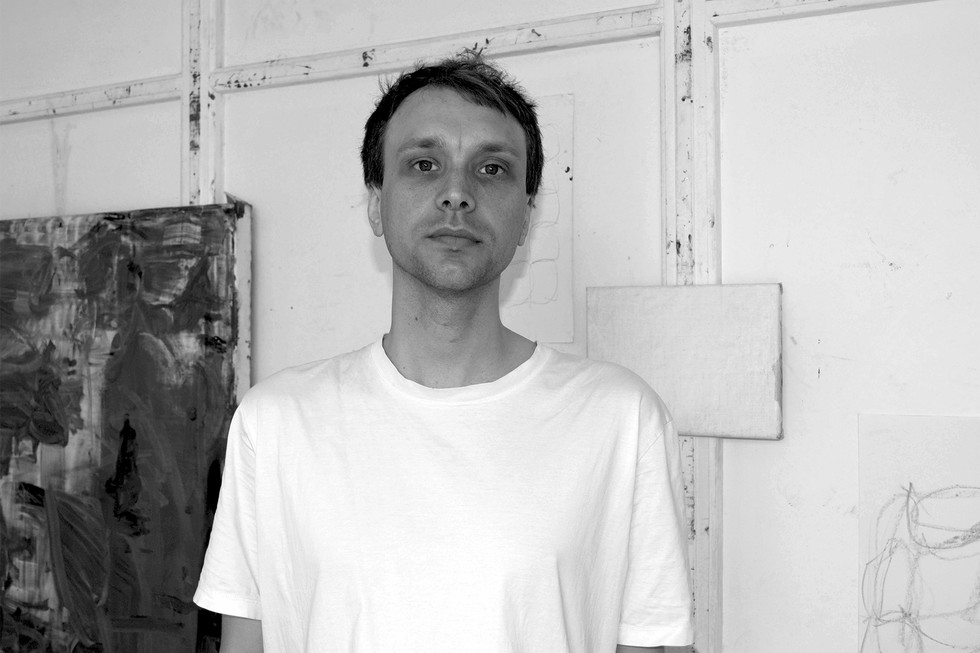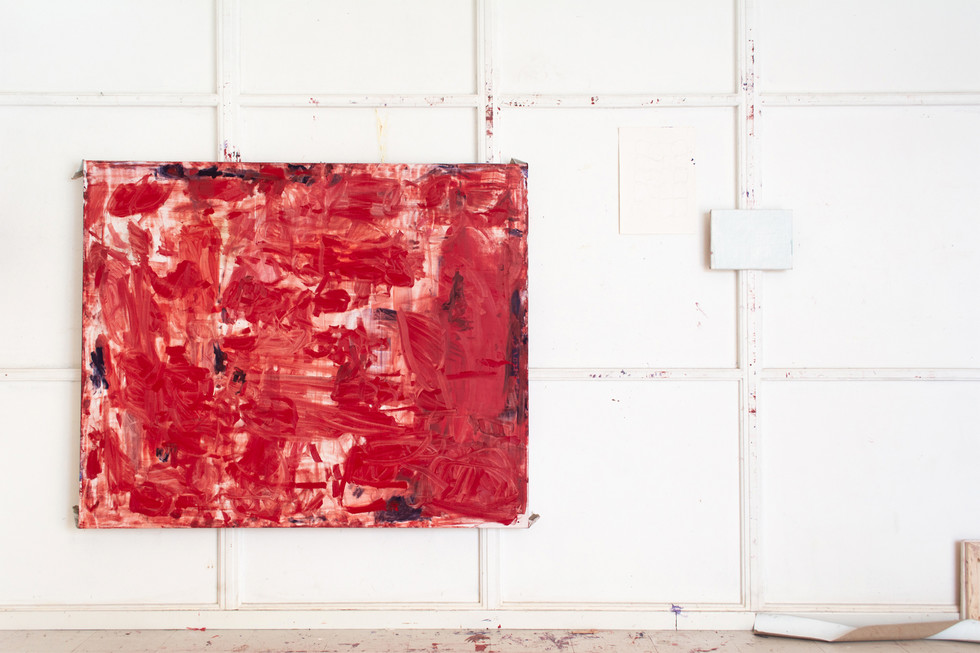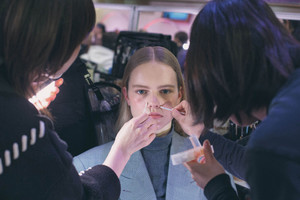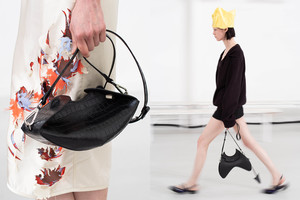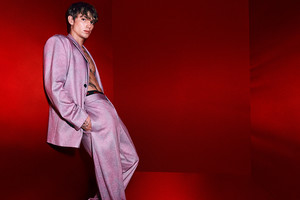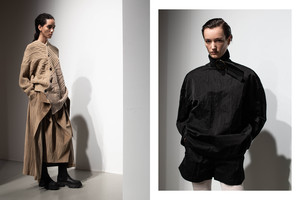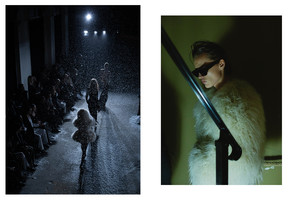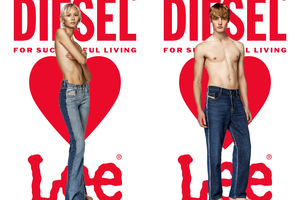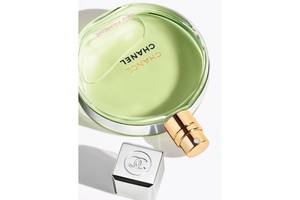Harry Anderson
Written by Art & CultureHarry Anderson is a Stockholm-born artist and comic illustrator. During the early years of his career, he focused on creating paintings, drawings, and comics inspired by his own life experiences as well as urban culture and the feeling of a lack of love in his life. His works often feature confident women, flowers, death, cats, liquor bottles, broken hearts, and butterflies mixed with dark and humorous text. Anderson's technique was inspired by comic artists such as Niklas Jönsson, Bil Eriksson, and Ester Eriksson. He has been published in Svenska Dagbladet and Hjälp magazine, and co-created the comic series Söndagsbarn with his sister, Rut Andersson, depicting his own childhood. He has also written a self-biographical novel, Livet är inte alltid Hawaii, in which he talks about friendship and alcohol addiction. In recent years, Anderson has turned to sculpting in ceramics, experimenting with materials and forms to create works that balance between function and art.
What are you working on right now? /Tell us about your exhibition during Stockholm Art Week?
I’m glazing the last five sculptures that are going to be part of my exhibition titled “Köttet är svagt / The flesh is weak”, at Saskia Neuman Gallery, opening the 4th of May. The exhibition is about balance. Balance in my relationships, my work, and my social life. And, that it’s ok to falter. It’s also about acceptance.
What inspired you to become an artist, and how has your artistic journey evolved over time?
Being free and creative is my biggest inspiration for becoming an artist. My artistic journey started with drawing, right now it resides in sculpture. But it’s ever moving and therefore always evolving. My whole “plan” with being an artist is that I should always be moving. I feel I have stories to tell. Painting, embroidery, and sculpture are some of the mediums I work with. I would love to work with silicon and tin in the future.
What is your creative process like, and how do you approach developing new ideas and concepts for your work?
I keep a tight routine and schedule. I’m in the studio 9 hours a day, and constantly working. If I have a creative stand still, I just make something. I prefer to keep busy, and I trust that the process of working gives birth to something down the line. I usually work with things that I’ve gone through. Things in life, relationships, good times, bad times… all of that. Then I disguise those feelings, emotions or happenings in a material of my choosing (at the moment it’s clay) and connect or “apply” the sculptures to a greater happening like the Rapture for instance.
Can you tell me about a specific artwork or series of works that are particularly meaningful to you and why?
Albin Welles performance “Zygorax Lord of Spells” moved me to tears. In this work, Albin Werle created and embodied a wizard named Zygorax who lived alone, heartbroken and isolated in a tower. In this tower he wrote songs and one day he climbed down the stairs and sang his songs of heartbreak to us. The room was dark and Zygorax dressed in a robe, a pointy hat and sad face makeup sat behind a synthesizer. The style of the music was in the same style as the great Daniel Johnston. The inspiration for Werles work came from a real-life heartbreak and whilst he was performing the person who caused the hurt was sitting in the audience. That was powerful. This work was meaningful to me because the honesty and the passion behind it. Two things I strive to achieve in my own work.
Do you have a favorite Swedish Artist?
Yes, I have many, here are a few:
Dick Bengtsson, Nadine Byrne, Emma Carlén, Gustav Gaston, Lisa Lundgren, August Nilsson, Sara Sjölin, Albin Werle.
Do you have a favorite bar or restaurant in Stockholm
I’ve been hanging out at Den Gyllene Freden a lot. A great bar with fun people.





